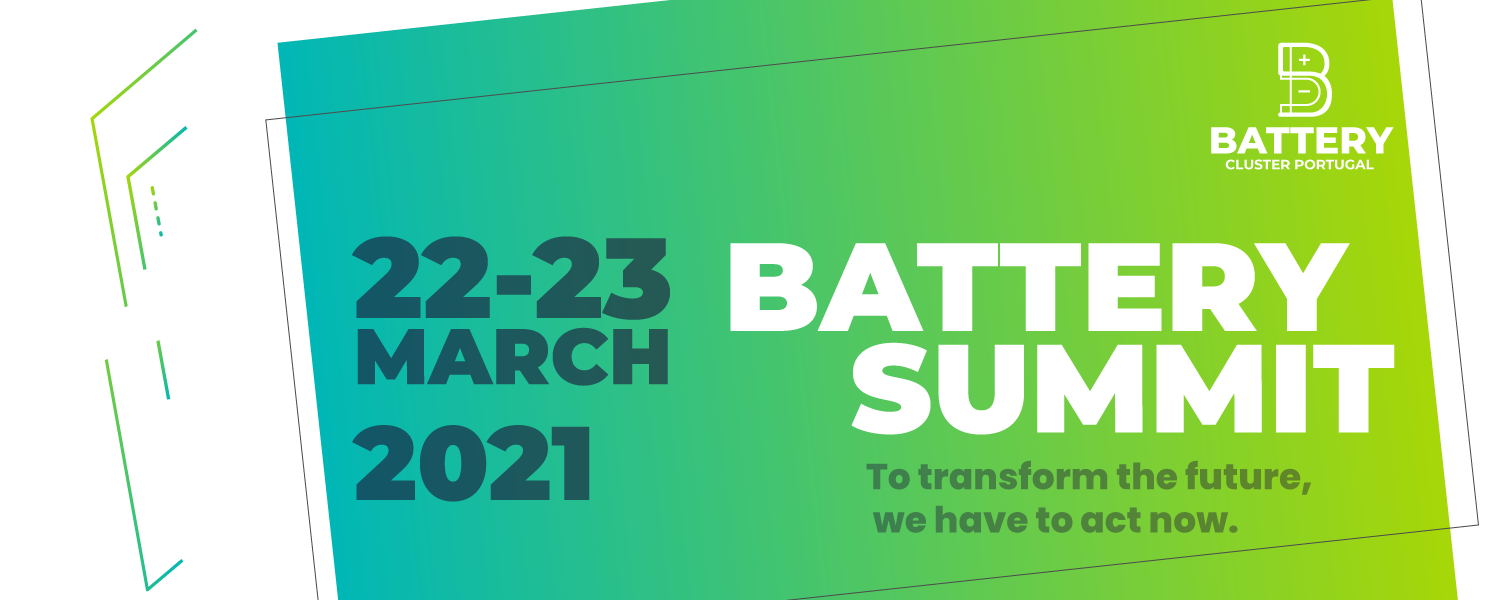
Battery Summit 2021: INL is dedicated to contributing to a clean and green future in Energy.
March 15, 2021
Sascha Sadewasser, Principal Investigator – Laboratory for Nanostructured Solar Cells at INL. Sascha is an expert on Kelvin probe force microscopy, which he applies to the characterization of semiconductors and thin-film solar cell materials. His group develops advanced concepts for chalcopyrite thin-film solar cells, ranging from passivation layers and micro-concentrator solar cells to quantum dot and nanowire concepts and 2D chalcogenide materials for optoelectronic applications.
Climate change, driven by the man-made emission of greenhouse gases, imposes an immense challenge for our society and requires strong and immediate actions. Two main contributors to greenhouse gas emissions are our fossil fuel-based energy and transport systems. Fortunately, the solution is at our hands, renewable energy from the sun and wind. For the last 100 years, scientific and technological developments have enabled the efficient conversion of wind and sunlight into electricity, and we now have mature technologies at our disposal. However, the intermittency of renewable energy sources – the sun does not shine and the wind does not blow all the time – calls for suitable storage solutions. On the other hand, our transport system, especially road-based transport, is at the brink of experiencing a fundamental change, its electrification.
Batteries, with their capability to store electricity, will be an essential element for the further electrification of the transport system and a renewable energy system. Throughout the last decades, research and development have brought innovative technologies that now enable electric cars and wide-spread mobile communication technologies. However, the sheer dimension of the transitions that the energy and transport systems will experience requires more efficient and, importantly, more sustainable solutions. Materials are at the core of these required improvements. The development of sustainable materials solutions for efficient and green batteries is therefore a challenge for scientists and engineers alike. Advanced materials and manufacturing along the whole value chain will ultimately enable green and sustainable batteries as an essential element in a sustainable society.
Despite the omnipresent COVID-19 pandemic, we should not forget about an ongoing and urgent crisis that is already affecting humankind and will get worse in the future: the climate crisis. Both crises require science to play a critical role and develop solutions capable of mitigating or eliminating their consequential problems. The climate crisis is largely caused by our need for energy, the production of which must be changed from fossil fuels to renewables. The European Union declared its ambition to be the first carbon-neutral continent by 2050. This immense challenge can only be met by accelerating the energy transition, which is clearly reflected in the EU Green Deal with nearly 1 bn€ fund for this and related topics.
INL’s Clean Energy Cluster has defined its mission along the context described above, with the aim to support the EU ambition by performing research and development for energy conversion and storage technologies, with a focus on photovoltaics, hydrogen, and batteries.
INL is dedicated to contributing to a clean and green future in Energy.
Join us at the Battery Summit on 22-23 March 2021. It’s a FREE Online Event!
Learn how we are already building this new future. Competitive sustainability is necessary for green transport, clean energy and to achieve climate neutrality by 2050.




